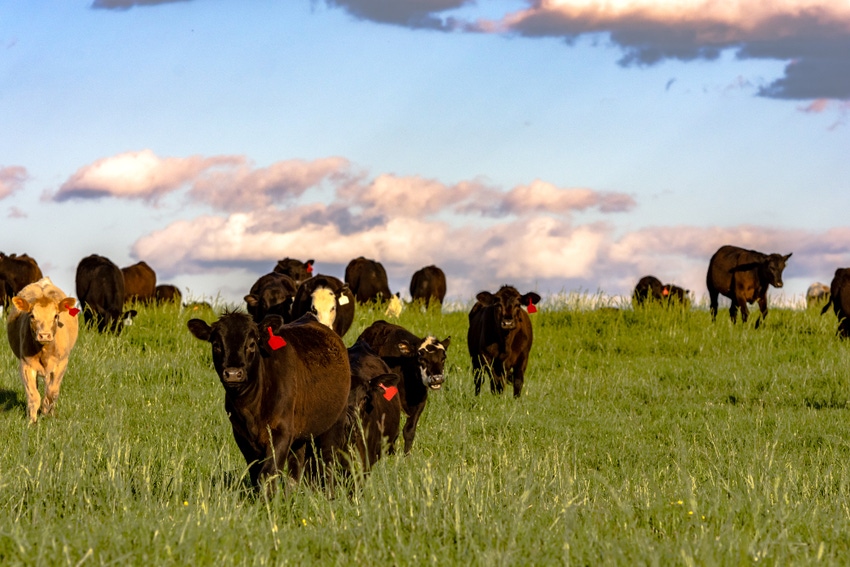Starting the herd rebuilding clock
January 1, 2024, level is expected to be the low from which the industry will rebuild.

The story of what will happen in the beef cattle industry has been clear for some time. Drought-forced beef cow herd liquidation has made the beef industry smaller than it needs or planned to be. There will be strong market incentives to rebuild herd inventories when it is possible to do so. Recent improvement in remaining drought regions in the central and southern Great Plains likely means that herd liquidation is ending. Residual drought remains a risk and drought could redevelop but the arrival of El Niño likely means that additional drought impacts will be minimal. Nevertheless, the beef cow herd is almost surely decreasing in 2023 meaning that the January 1, 2024, level is expected to be the low from which the industry will rebuild. However, we can now think about the timeline going forward as cattle numbers stabilize and the industry transitions to herd expansion.
The first step to stabilizing the beef cow herd is the reduction of beef cow slaughter and a lower rate of cow culling. Following record beef herd culling in 2022, beef cow slaughter is down 11.5% so far in 2023, a sign that herd liquidation is slowing. However, I suspect that, until recently, the decrease in total beef cow slaughter was masking some continued liquidation in the drought areas of the Plains. The current rate of beef cow slaughter, if it persisted for the entire year, would result in a herd culling rate of nearly 11% for the year…too large to indicate herd expansion. Beef cow slaughter is expected to decrease more sharply in the second half of the year.
The definitive indication of herd expansion will be signs of heifer retention. Right now, no such signs exist, though I suspect that some heifer retention is beginning. In fact, heifer slaughter thus far in 2023 is fractionally higher than last year’s elevated level. Of course, the reduced heifer feedlot placement that follows increased heifer retention will show up as lower heifer slaughter only after several months. USDA’s July Cattle inventory report may be the first sign that shows an increased inventory of beef replacement heifers. The report will be released July 21, 2023. Heifer slaughter is expected to start declining in the second half of the year.
The January 1, 2023, inventory of beef replacement heifers, consisting of bred heifers calving this year and replacement heifer calves to breed for 2024 are both at very low levels. The bred heifer inventory is the lowest since 2011 and the inventory of replacement heifer calves is the lowest in the 23 years of data available. The number of replacement heifers is not enough to prevent more herd liquidation this year and likely not enough to do more than stabilize the beef cow herd in 2024. The big push for heifer retention will likely begin with weaning heifers this fall. These heifers will be bred in 2024, calve in 2025 and begin to increase beef production in 2026. It doesn’t seem possible to speed up the timeline.
In the meantime, heifer retention and reduced beef cow slaughter will reduce cattle slaughter and beef production. In the last herd expansion that began in 2014, total cattle slaughter in 2015 dropped to the lowest levels since 1963, resulting in the lowest beef production since 1993. We can expect analogous reductions in cattle slaughter and beef production in 2024 and 2025 at least. Increased heifer retention will pull feedlot inventories down sharply and keep them low for the expected three years of heifer retention that will be needed for the next herd expansion. With drought seemingly on its heels, the process of herd rebuilding is poised to begin.
About the Author(s)
You May Also Like



